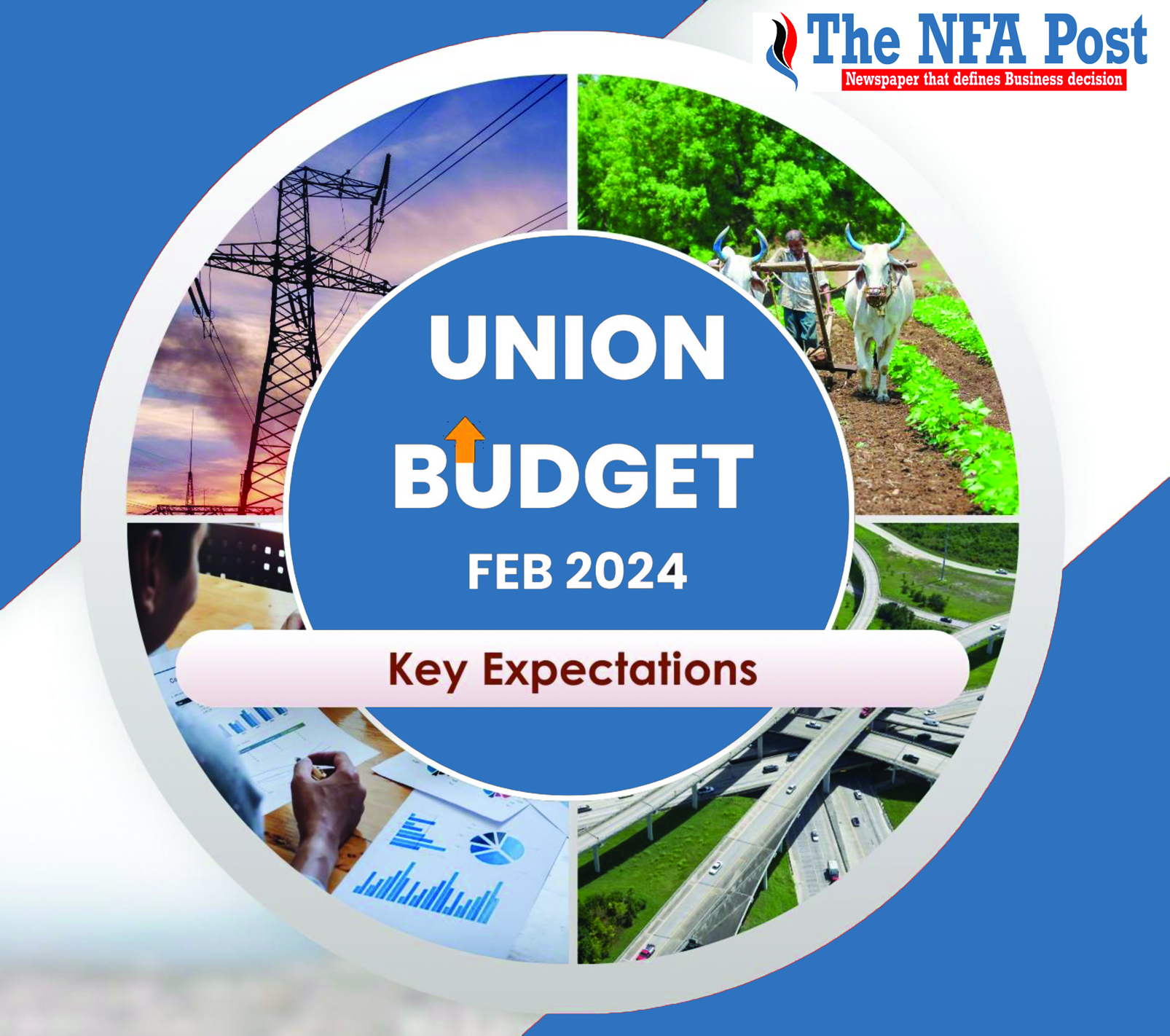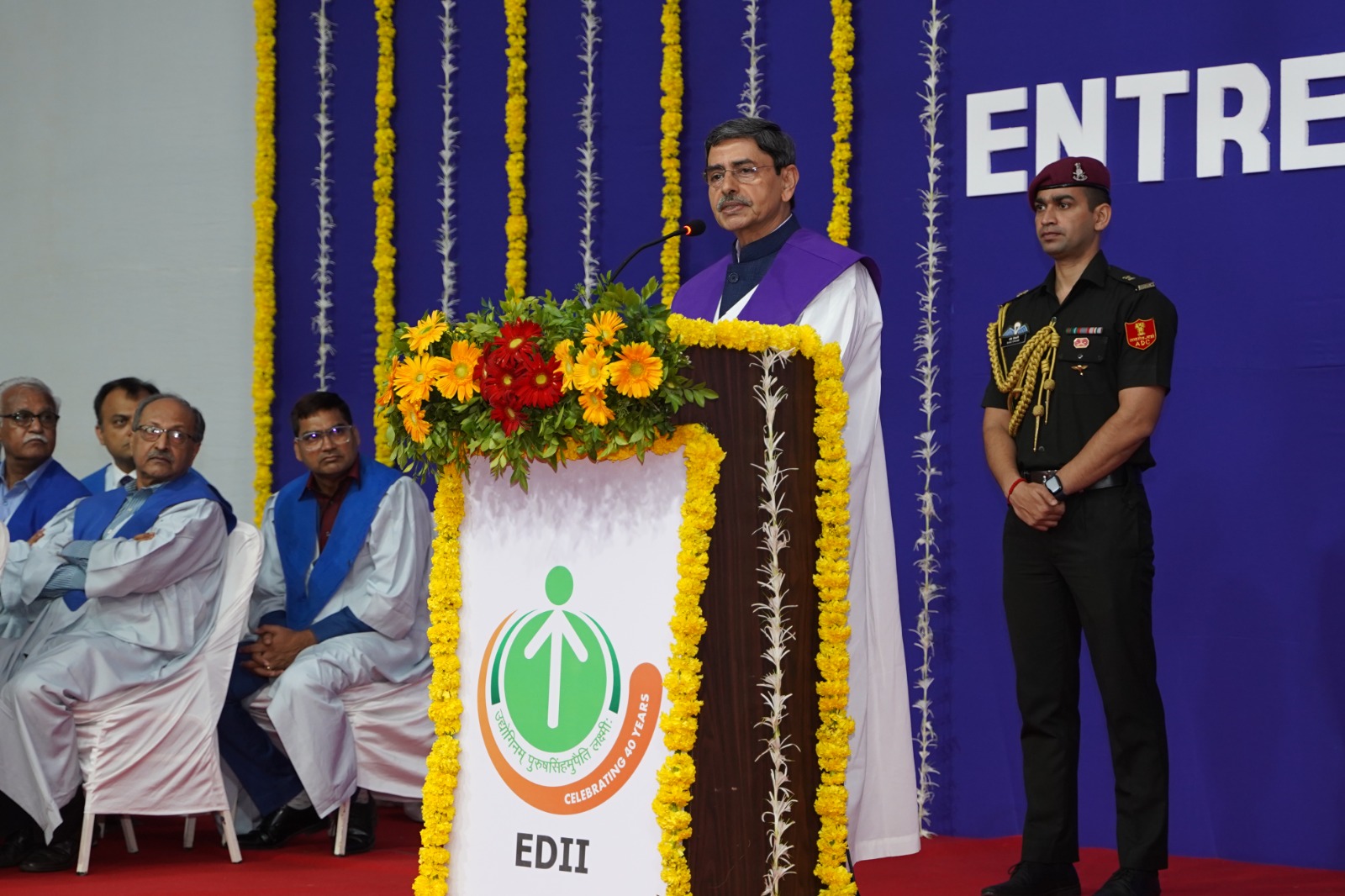The general elections in India are set to be held between April-May 2024 to elect 543 members in the Lok Sabha and elect a new Government for the next five years. The Union Budget for the full fiscal (FY25) is likely to be presented by the new Government in July 2024.
Therefore, the current Government is set to present only an interim budget on the scheduled day i.e. Feb 1, 2024. Such a budget will have only limited relevance since it is primarily a “vote on account” for the approval of expenditures in the interim period of 3-4 months till the appointment of a new Government. We don’t expect any major policy announcements in this budget as there are restrictions imposed by the Election Commission particularly after the Model Code of Conduct comes into effect.
We believe there will be two fundamental objectives in the upcoming budget. One is fiscal consolidation over the medium term and second, provide relief to those segments of the economy and population who continue to face challenges despite the significant recovery in economic growth in FY23 and FY24. Additionally, the budget, as always, will also be a platform to highlight the economic achievements of the incumbent government in the last five years.
We expect the FY24 fiscal deficit (revised estimates) to be maintained in close proximity to 5.9% of GDP despite a lower than budgeted nominal GDP growth of 8.9% vs.10.5% in the first advance estimates. Higher than budgeted direct tax collection along with a likelihood of an upside to non-tax revenue would help to mitigate slippages in total expenditure and divestments. If the tax flows are lower than expectation in the last quarter, there is a possibility of a moderate cut back in the capital expenditure in Q4.
In the absence of a revised FRBM framework, the Finance Minister had earlier indicated a soft fiscal deficit milestone of 4.5% of GDP by FY26. Taking this into consideration, we expect the FY25 Interim Budget to tighten fiscal deficit by 60 bps and propose a target of 5.3% of GDP. Incremental fiscal consolidation as % of GDP in FY25 is likely to be driven by expenditure compression (primarily
revenue expenditure) with mild support from higher divestment target compared to subdued disinvestment activity in FY24.
While the Indian economy is on a strong momentum and is estimated to deliver a GDP growth of 6.8%+ in the current year, there are signs of a growth moderation in the current on account of a weakness in private consumption demand. While the NSO has estimated a higher growth figure of 7.3% for FY24,
it has also indicated a modest growth in private consumption of 4.4% and a low agricultural sector GVA growth of 1.8%. The interim budget, therefore, may consider appropriate measures that can generate more employment and raise income particularly in the rural areas, thereby stimulating rural demand.
Although no large scale measures or new programmes are expected in the interim budget, an enhancement in allocation of some existing ones like PMKisan and MNREGS is a possibility to provide relief to the rural economy. A possible enhancement of PM Kisan entitlement from Rs 6000/year/farmer to Rs 9000 could increase outlay towards the scheme by Rs 250-300 bn in FY25.
Additionally, social welfare spending is likely to focus on targeted segments such as unemployed urban youth, poor women and tribal communities.
Projected Fiscal Scenario
In the full year budget for FY25, India may target a fiscal deficit of 5.3% and subsequently, a figure of around 4.5% for FY26. However, the attainment of these figures will depend not only on the sustainability of economic growth but also the generation of non-tax revenues particularly from disinvestment of PSUs and monetization of government assets. India is unlikely to reach fiscal deficit levels of around 3% unless there are large scale structural reforms which not only pushes up
growth to near double digit but also enhances the tax to GDP ratio.
Subsidy burden for FY25 could be marginally higher at Rs 4.1 tn (vs. Rs 4.0 tn in FY24), given the likelihood of higher food subsidy given the commitment of extending free foodgrains to all beneficiaries under the NFSA (National Food Security Act) although it be partly offset by some savings from fertilizer subsidy.
We expect quality of fiscal spending to remain healthy with continued thrust on capital expenditure although a marginal decline in capex budget as % of GDP cannot be ruled out for operational reasons considering likelihood of subdued disbursals in Q1 FY25 on account of new government formation.
The budget for RBI’s dividend could get higher (over and above Rs 874 bn transfer seen in the current financial year) amidst moderation in interest rates and ongoing heavy gross FX intervention by the central bank to curb currency volatility.
We expect ~63% of funding of FY25 fiscal deficit to be carried out via g-secs. This could result in a net borrowing of Rs 11.0 trillion, similar to FY24 levels. The elevated g-sec supply should not pose concerns as market sentiment has turned favorable amidst expectation of monetary policy pivot later in the year along with India’s inclusion in JPM’s EM Bond Index (that could potentially attract USD 20-21 bn debt inflows by Mar25).
Importance of disinvestment in FY25 and beyond
Given our expectation of a moderate slowdown in the pace of GDP growth over the next few quarters and also lower inflation (which will keep nominal GDP growth also lower), we expect a slower growth in tax receipts in FY25 as compared to the current year. The growth in tax receipts will not be adequate to achieve a fiscal deficit of 5.3%/5.4% in FY25. There is, therefore, a need to target a large quantum from disinvestment next year and if the current government comes back to power, we
expect a more focussed approach on that matter.
Expected budgetary impact on specific sectors
Infrastructure
The government will continue to enhance the allocation for infrastructure particularly roads, highways, railways, public transportation and airports. The total capital expenditure is likely to witness a growth of 15% in FY25. The government may also propose new measures to attract private sector and foreign funding into the infrastructure sector.
Agriculture
The agricultural sector is expected to record a modest growth of 1.8% in FY24 and even the growth prospects of FY25 is not certain given the continuing impact of the El Nino phenomenon. Significant deficiency has been reported in the winter rains which can have some impact on the rabi crop. Therefore, we expect some higher allocation for the existing budgetary programmes for farmers.
MSMEs
While the government has undertaken several measures for the MSME sector in the last five years including the implementation of the ECLGS scheme after the Covid stress, the challenges on access to finance remain. The government may consider some additional financing measures for MSMEs to strengthen their working capital position and enable them to upgrade their technology that will improve their competitiveness in the export markets.
Automobile
There is a likelihood that the Government may introduce the third phase of the FAME scheme to incentivize the purchase of electric vehicles. The earlier versions of the scheme have already lapsed. However, there is a need to promote the development of charging infrastructure for EVs in the urban areas; weak charging infrastructure can be an impediment to the growth of EVs particularly in the PV and CV segment.
Tourism & Hospitality
The tourism and hospitality sector has significant growth prospects in the near term driven by higher demand from the domestic travellers. Religious tourism will be a major driver of growth in this sector. Some fresh measures may be announced to develop tourism infrastructure particularly in the religious centres.
Steel
Steel industry has seen a strong growth in output in the current year with the infrastructure push by the government. However, there are reports of dumping of certain grades of steel including stainless steel which has impacted the domestic players. The government may announce some measures to support the domestic manufacturers of stainless steel and other grades impacted by cheap imports.
Power
The power sector needs a stronger incentive framework for distribution reforms. Strengthening the existing distribution system in the states and ensuring a transparent power subsidy policy will help in attracting higher investments in the sector. India has a target of 500 GW of renewable energy capacity by 2030 with the current capacity standing at 170 GW. There is therefore a need to expedite the investments in renewable energy through adequate financing mechanisms.
Real Estate
Since affordable housing is one of the key priorities of the government, existing policies can be modified or expanded to expedite investments in affordable housing in India. Currently, there is an interest subsidy (CLSS) under Pradhan Mantri Awas Yojana (PMAY) but there are no incentive framework for developers. The government may consider providing a backstop facility on borrowings raised by developers for approved affordable housing projects; this will help in improving access to funds for
such projects.
Education
The government may announce further measures to implement the NEP 2020. Strengthening the primary education sector in the country and enhancing digital literacy is likely to be the main focus of the government.
Acuité Ratings & Research Limited Chief Economist and Head-Research Suman Chowdhury said Acuite Rating expects the Indian economy to witness a moderation in growth in FY25.
Our current forecast for FY25 stands at 6.3% as compared to 6.8% in FY24. Given the priority that is likely to be given for fiscal consolidation in the upcoming budget, we don’t expect any significant fiscal stimulus in it. However, the government may continue to earmark a significant quantum for capital expenditure with a growth of 15% in its budgetary allocation; the latter will continue to be a primary driver of the domestic economy over the medium term.
The government may also enhance the subsidy allocation for some segments such as farmers, women, informal sector workers and unemployed youth to strengthen domestic private consumption which is estimated to show a weak growth of 4.4% in FY24. Given the need to sustain the public investments and also support certain social segments through subsidies or budgetary relief, the targeted reduction of fiscal deficit from 5.9% to 5.3% (E) will pose a material challenge for the finance
ministry, necessitating significant step-up in non-tax revenues like PSU disinvestments.
The macro fundamentals remain strong and resilient and this is borne out by the GDP figures so far in the current year despite headwinds like the global slowdown, higher interest rates and the El Nino phenomenon. However, the policymakers need to take remedial measures to revive the weak rural demand scenario if agricultural growth doesn’t recover quickly.
Suman Chowdhury
Chief Economist and Head-Research
Acuité Ratings & Research Limited





